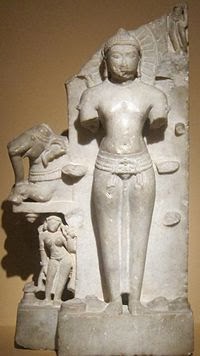In India one of the most prominent religion is Islam form about 12% of India's population. India's contact with Islam had begun much earlier. The main real push came in 18th century when province of Sindh was conquered. The population of Muslims form only 12 % of India population but the influence of Islam on Indian society is stronger. The main reasons for strong influence is that over a long period of time many Muslims rulers ruled in different parts of India. The largest population of Muslims in Indonesia country and followers of Islamic religion. Muslims constitute India's largest religious minority. They number about 105 million. because of this India is one of the largest Islamic nation in the world. India has had 2 Muslim president and several Cabinet and state chief ministers since Independence. In India Muslim have always responsible positions and post in all walks of life and all flied. In India Muslims are divided into 2 main sects
1.Sunni
2.Shia
This 2 sect has many different schools in different city. along with this 2 sect, In India Muslims also have other division. It is because different communities that adopted Islam have different names.The Bohra and Khoja Muslim communities are from west India.
In south India in the state Kerala, the famous Mopillah community is said to have from Arab Merchants. Another well known Indian Muslim community is Pathan. The Pathans are Muslims who arrived from Afghanistan to India. The Pathan put their Surname as Khan. They are very brave, honest and righteous.
-Kripen mehta
1.Sunni
2.Shia
This 2 sect has many different schools in different city. along with this 2 sect, In India Muslims also have other division. It is because different communities that adopted Islam have different names.The Bohra and Khoja Muslim communities are from west India.
In south India in the state Kerala, the famous Mopillah community is said to have from Arab Merchants. Another well known Indian Muslim community is Pathan. The Pathans are Muslims who arrived from Afghanistan to India. The Pathan put their Surname as Khan. They are very brave, honest and righteous.
-Kripen mehta

.jpg)

.jpg)
.jpg)
.jpg)
.jpg)
.jpg)

.jpg)
.jpg)
.jpg)


.jpg)
.jpg)
.jpg)
.jpg)













.jpg)

.jpg)
